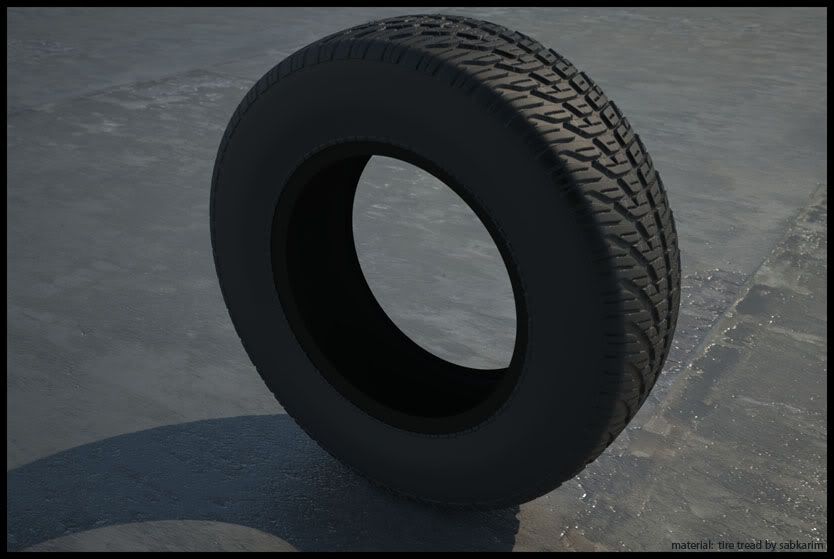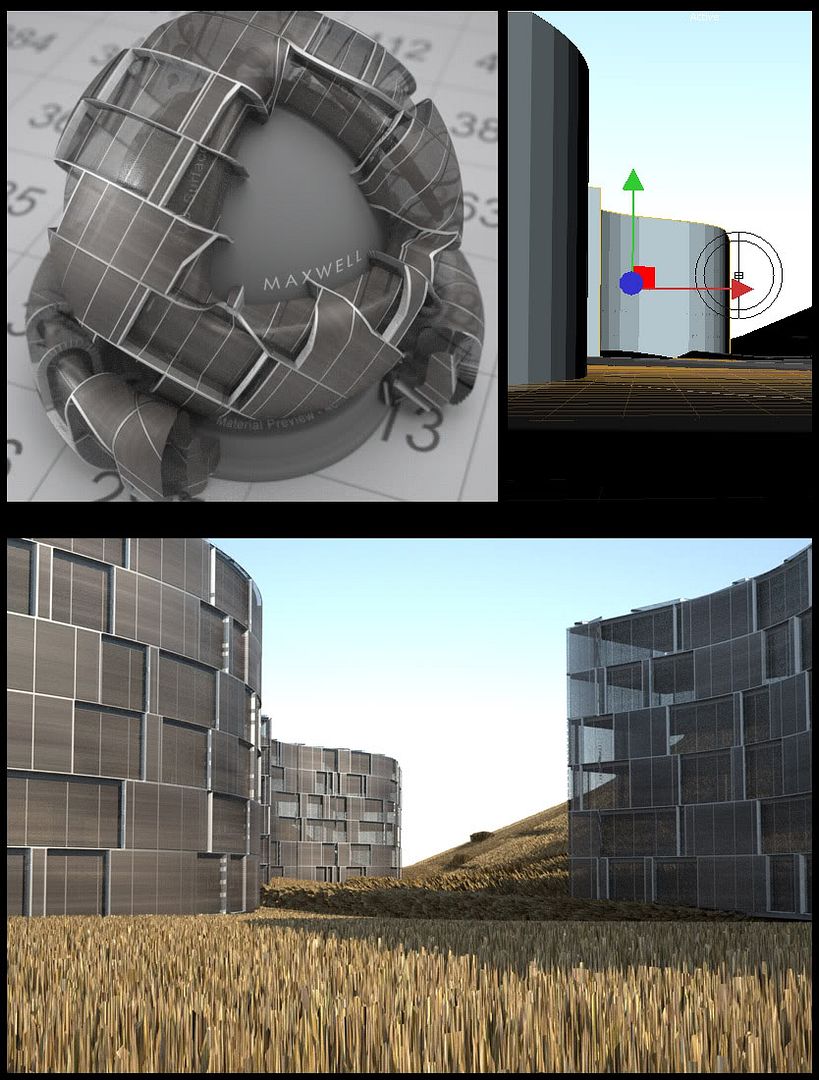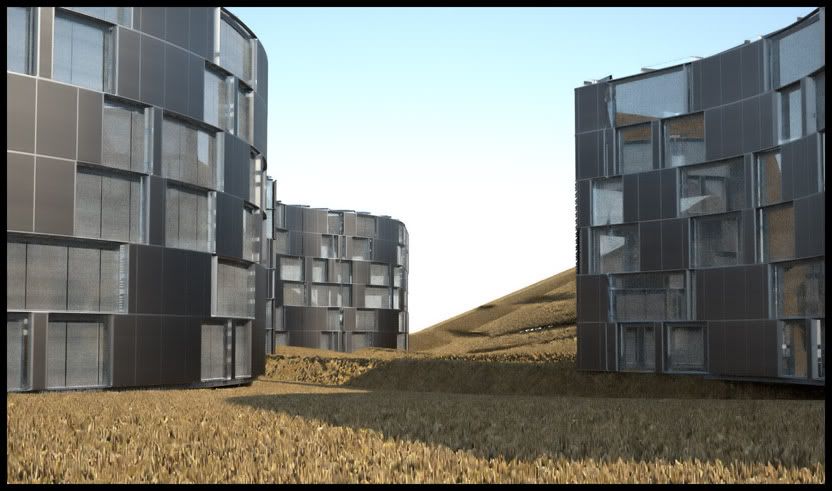- Tue Feb 12, 2008 11:30 am
#261040
Leo: 
Daniel: Hiya! i can't say i noticed any speed difference between 8bit and 16bit maps for displacement, they both seem to render equally fast, what affects the speed is the height and the precision of the displacement itself. But it's like that in any biased or unbiased engine on the market. To use 16bit maps on lowpoly meshes with adaptive on, i don't think that would be wise because it slows down to much, adaptive is the major bottleneck here and it gets even worse on a singlepoly plane, also it won't look correct if mapped on such a simple model.
As you see in my example you quoted there, i used a 16x16 subdivided plane for that landscape. It rendered nicely and quite fast to be such a high displaced surface and with that precision.
But, here comes the but again.. i think that 16bit+ maps with adaptive on low to medium polycount basemeshes which been Zbrushed could be the way to go, but i haven't tested this so i can't say it's a good or bad idea.
/ Max
Daniel: Hiya! i can't say i noticed any speed difference between 8bit and 16bit maps for displacement, they both seem to render equally fast, what affects the speed is the height and the precision of the displacement itself. But it's like that in any biased or unbiased engine on the market. To use 16bit maps on lowpoly meshes with adaptive on, i don't think that would be wise because it slows down to much, adaptive is the major bottleneck here and it gets even worse on a singlepoly plane, also it won't look correct if mapped on such a simple model.
As you see in my example you quoted there, i used a 16x16 subdivided plane for that landscape. It rendered nicely and quite fast to be such a high displaced surface and with that precision.
But, here comes the but again.. i think that 16bit+ maps with adaptive on low to medium polycount basemeshes which been Zbrushed could be the way to go, but i haven't tested this so i can't say it's a good or bad idea.
/ Max


















 - By Andreas Hopf
- By Andreas Hopf